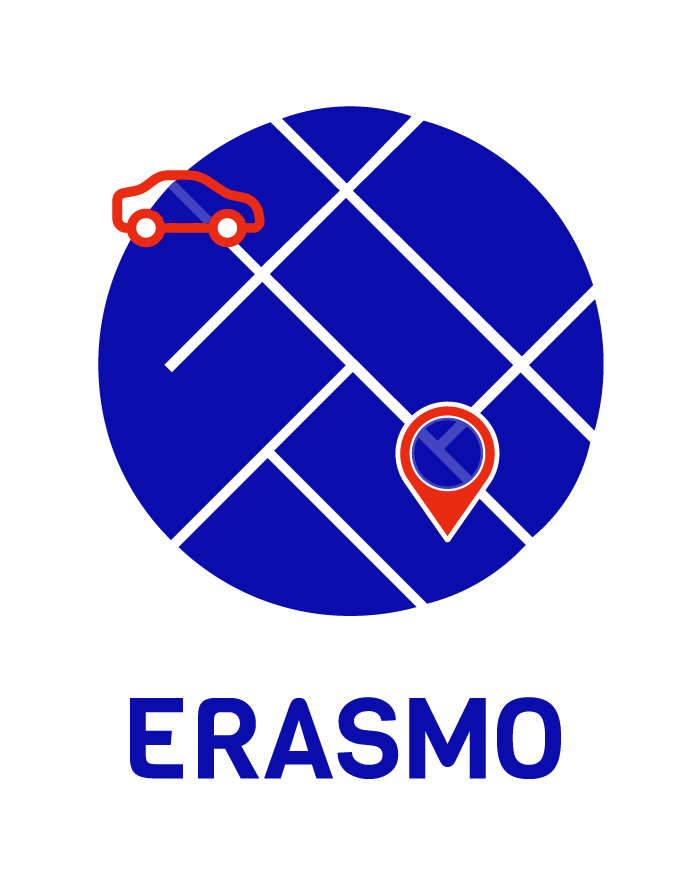The market for autonomous driving is still in its infancy and so is this year that has just started. Notable advances and prototypes are being showcased at high visibility industry events but the technology itself (or rather technologies) is technically and legally far from ready for the widespread adoption of AVs.
ERASMO is an enabling technology that is paving the way towards future mobility. Most vehicles that are registered & circulate today are equipped with driver support features rather than automated driving capabilities (as per SAE’s six levels of driving automation). Nevertheless, autonomous features in vehicles are slowly and inescapably gaining market share, also as a result of the new Vehicle General Safety Regulation that introduces mandatory advanced driver assistant systems for road vehicles. Autonomous features are becoming part of new generations of passenger vehicles, paving the way for higher levels of automation like the re-born interest in SAE Level 3 systems. It is noteworthy that the European Commission has adopted the first international technical legislation for fully driverless vehicles (level 4 of automation, e.g. urban shuttles or robotaxis). The technical rules set out via a delegated and implementing act establish a comprehensive assessment of the safety and maturity of the fully automated vehicles before they go onto the EU market. The rules will cover testing procedures, cybersecurity requirements, data recording rules, as well as safety performance monitoring and incident reporting requirements for manufacturers of fully driverless vehicles. For automated vehicles replacing the driver on motorways (level 3 automation), EU legislation aligns with the United Nations, referring to the new UN level rules on level 3 automation.
The ERASMO project itself has recently ondergone its midterm evaluation (on 15 December 2022), which also served to assess the overall progress made towards achieving its planned objectives. The ERASMO consortium is committed to achieving the objectives set within the lifetime of the project, most notably the development of a close-to-market prototype of an innovative positioning On-Board-Unit (OBU) that enables fully automated driving. It will do so by integrating a GNSS receiver with additional sensors. The solution is expected to optimise the use of Galileo signals (e.g. Galileo Open Service), and to combine information provided by different sensors to provide a single high-accurate position and integrity solution. An important contribution of the project is related to the calculation of protection levels or integrity, needed to operate autonomous vehicles in a safe manner in a wide variety of environments and domains.
Stay tuned for more updates as this project enters the second phase.
#automotiveindustry #automotivefuture #futuremobility #digitisation #UseGalileo #ERASMO_GNSS #oems #autonomousvehicles #selfdriving


